If you live with low vision, (or even if you don’t) the power of good lighting is second to none. The brighter the lighting, the better. Dimly-lit homes will make it difficult to complete everyday tasks.
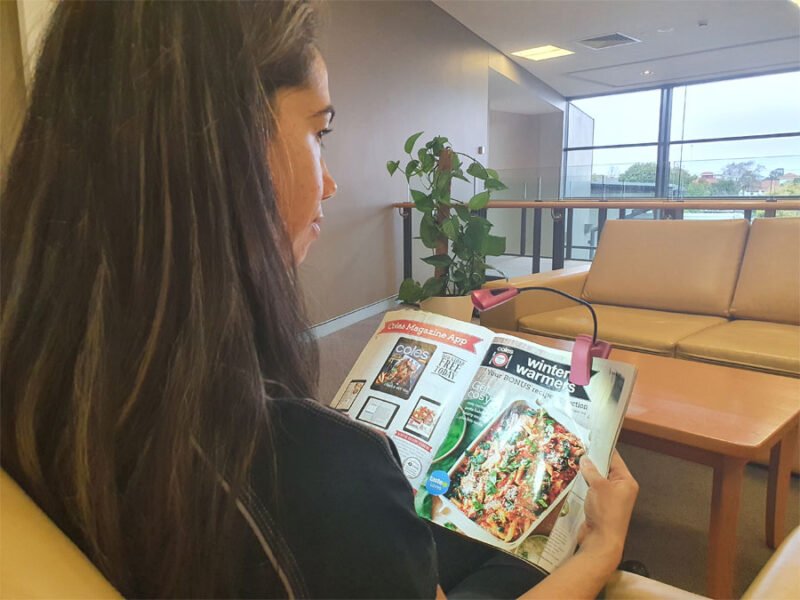
Our occupational therapists have put together some tips for improved lighting, which can increase your ability to read, write, cook and enjoy hobbies and pastimes.
Newly-diagnosed with vision impairment?
If your optometrist or opthalmologist has provided a diagnosis of vision impairment, please contact our friendly team to find out what low vision services and support we can provide to you both now and into the future.
Find out what low vision support groups are available.
Enquire about low vision support services
Types of lighting
There are three different types of lighting to consider around your own home. Every environment you enter will feature a combination of general and natural lighting and you should consider how you can incorporate task lighting into your home or workplace to make life easier.
- General lighting
- Natural lighting
- Task lighting
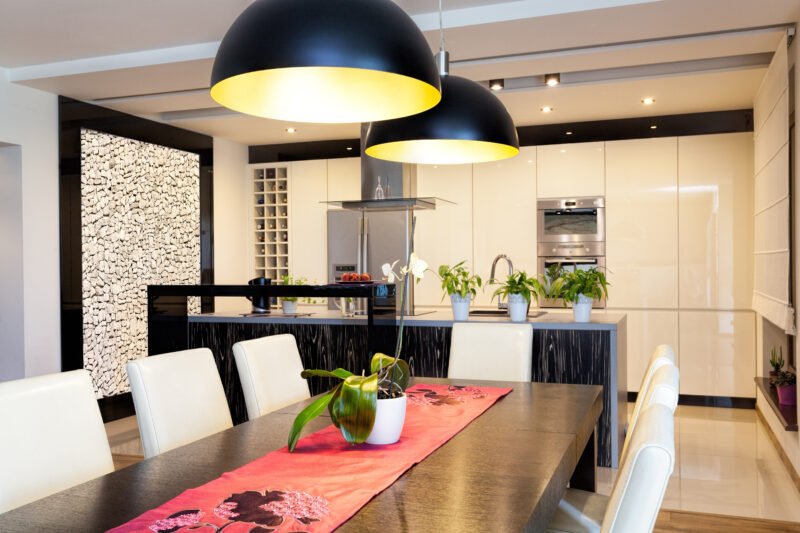
General lighting
Standard home lighting is often inadequate for people with low vision. General lighting should provide enough light for you to see and move around comfortably and safely. It include overhead fixtures, such as downlights and floor lamps and should brighten the room as much as possible.
Be mindful though that brighter lights can cause glare which can also impact a person’s vision. Glare sensitivity can affect certain eye conditions such as:
- Retinitis pigmentosa
- Glaucoma
- Macular degeneration
General lighting advice includes:
- Consider using a higher-wattage globe/light bulb. LED bulbs offer a cheaper and more environmentally-friendly option
- Choose a lightshade that does not reduce the amount of light being emitted
- Add extra light fixtures where possible
- Ensure stairs and landings are well lit – put light switches at the top and bottom of the stairs
- Keep light colours on walls and ceilings to enhance light reflection.
Natural lighting
Window coverings such as curtains and blinds will reduce the amount of natural light into your home. Try to maximise light as much as possible as natural light will fully illuminate any environment.
Advice includes:
- Draw back curtains during the day
- Keep windows and netting as clean as possible
- Do not obscure windows with large pieces of furniture
- Consider window frosting panels instead of net curtains if privacy is a concern
- Use white or light colour window frames
- Wall mirrors can help increase the amount of light in a room
- If you suffer from glare, work with your back against the window.
In the winter, or if the day is overcast, cloud cover will affect the amount of light entering your home. You may need to switch lamps on during the day for additional light.
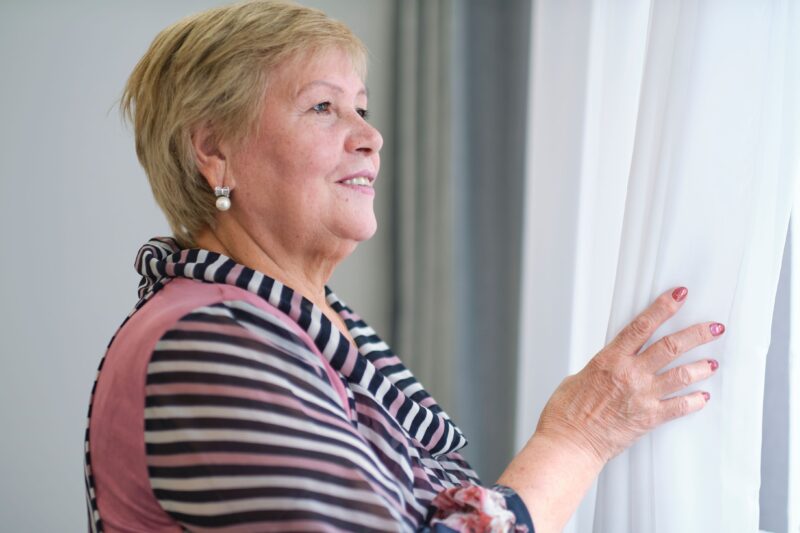
Task lighting
Task lighting does just what it suggests – enables you to achieve a task. It is lighting localised to a specific area eg. a clip light pointing at the page of a book.
It may be that using task lighting during daytime hours is a better option for you and you should check to see if it helps.
Good quality task lighting becomes more important as your eyesight deteriorates.
Advice includes:
- Consider a low pendant lamp over your dining table
- Try to ensure task lamp is adjustable (ie. bendy stem or pivoting head) to keep the light on the task you’re undertaking
- Place a task lamp to the side of your work to reduce glare and limit shadows
- Consider a compact LED foldable lamp (link opens in new window) for reading menus in restaurants and cafes
- Clip-on lamps to your bed headboard or on a book
- Position the lamp on the side of your strong eye and make sure it is angled away from you
- Fix lights underneath kitchen cupboards so that light shines onto work surfaces
- A matt surface below a light will avoid glare
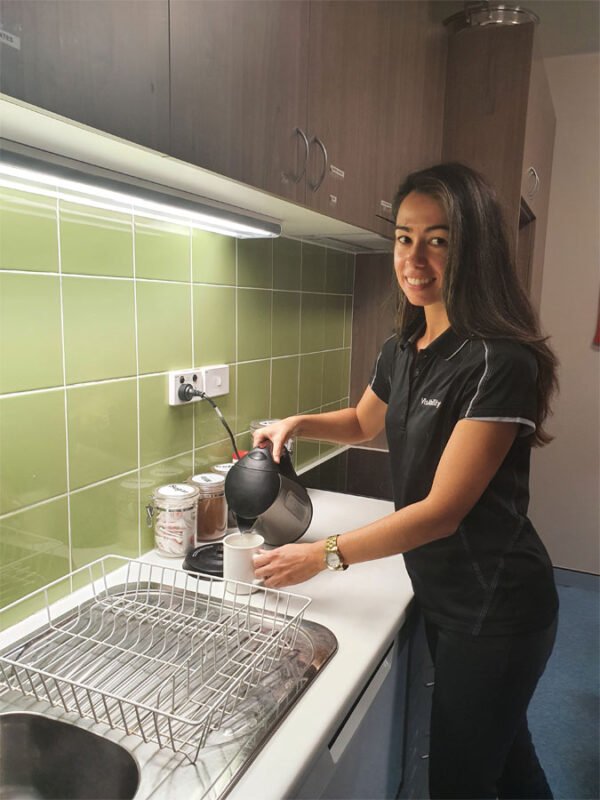
Smart lighting
Your eyes will become more tired as the day progresses. You may want brighter lighting in the morning and a softer hue later. That’s where new technology can help. Philips Hue lights (link opens in a new window) offer a range of smart lighting options that are wireless and adjusted for your requirements. The lights work via a hub that connects your lights to your home WiFi network.
Low vision lighting – what to consider
LED or halogen?
LED bulbs are the preferred choice because they produce a direct, bright light that won’t get hot over a long period. This type of lighting is initially more expensive, but LED lights last much longer than traditional bulbs and are cheaper to run long-term and are better for the environment.
Halogen bulbs are traditional bulbs. LED bulbs can use 85% less energy than a halogen, yet still emit the same amount of light.
Lumens and lux – what’s the difference?
Lumens and lux indicate the brightness of bulbs.
Lux is the unit of the light current and the power of the light. The more lux, the greater the amount of light that falls on a surface or given area. Lux measurements give us the amount of visible light present and the intensity of the illumination on the surface. One lux is equal to one lumen per square metre.
Lumens – Lumens is the measure of luminous flux, the amount of light emitted in all directions. While lumens give us the total amount of light output, it doesn’t offer us the overall picture of how much light is shining in an area.
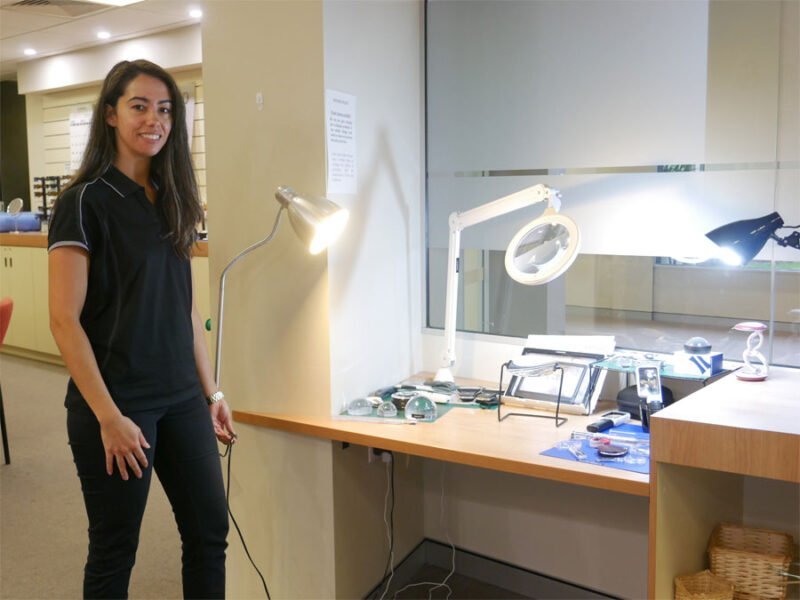
For people with low vision, we use lux as a measurement.
Recommended lux levels for people with a vision impairment in the kitchen are 600. The standard kitchen is around 240.
In the bedroom, lux levels are at 300 for a person with low vision and the standard level being 150 for someone with regular sight.
In living areas, lux levels should be around 350 for someone who is vision impaired. Standard lux levels are 160.
How to get support
The VisAbility Shop offers low vision lighting products (link opens in new window) and advice. If you live with low vision and want to discuss lighting options or learn more about the low vision services and support we can provide, please complete the form below. Our Client Experience Team will contact you to discuss your individual needs both now and into the future.
There are also a number of low vision support groups within Perth and across the state, which can connect you with like-minded people to build friendships and offer support.
If you are a provider and wish to refer a client, please use our low vision medical certificate (online referral form) to make your referral.
